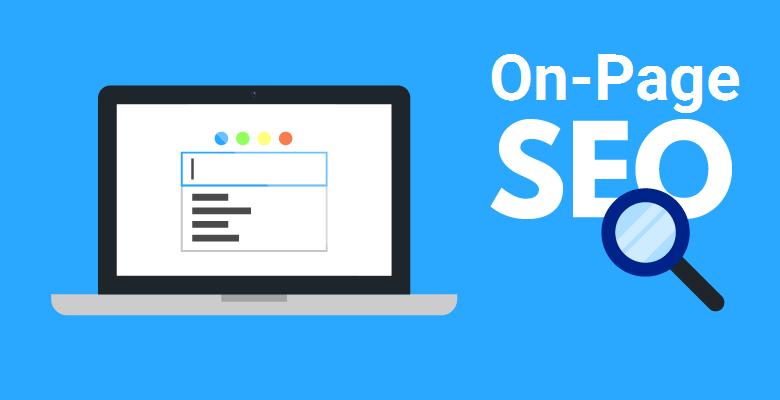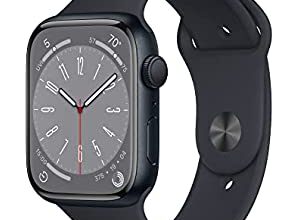Best Practices for Product Page SEO

Many eCommerce sites must remember that product pages should be key to their SEO strategy. This leads to them needing to maximize the traffic and sales they receive from search engines.
The most important thing to remember when optimizing your product pages is that customers are looking for information. This means including customer reviews, return policies, sizing charts, and more.
Use Keywords in Your Title Tags and Meta Descriptions
The title tag and meta description are the first things users see on search engine results pages (SERPs), so they must be compelling enough to make people click through. The best way to do this is by using relevant and descriptive keywords of the product and ensuring they sound natural.
A meta description is a summary under a web page’s title on SERPs. It can be any length, but Google usually truncates it to 160 characters or less.
A meta description can effectively drive local search traffic by including a location in the text. This makes it easier for potential customers to find the information they need, which may lead them to your website.
Optimize Your Images
If you optimize your images, you’re taking advantage of a big opportunity to improve your site’s SEO and attract more potential customers. Doing a few simple things can increase your rankings in Google Image Search, lower your website’s load time, and ensure that the images you use are high-quality.
Start by including keywords in your image file names. This will help search engines better understand what the image is about and boost your product page SEO ranking. You should also include keywords in the alt text of your images and consider adding videos to your product pages. These have been shown to increase customer engagement, conversions, and retention. Lastly, make sure your images are manageable to load quickly. Longer load times are a major SEO ranking factor and negatively impact user experience.
Include a Call-to-Action (CTA)
Adding a CTA to your product pages can help increase the number of people who take the action you want them to take. This may include signing up for your email list, buying a product, or downloading a free product trial. You can also encourage people to take action by including a countdown timer in your CTA. This will make them feel like they are given an exclusive opportunity and increase their motivation to take action.
A good CTA should be clear and direct. Use a commanding tone, such as “buy now” or “read more.” Many companies also test the effectiveness of their CTA buttons by using A/B testing software to see which text performs best.
Include a Product Description
Often, product pages are light on content and don’t use FAQ structured data to show up in search engine result pages. That’s a missed opportunity to meet customers’ expectations and encourage them to stay on your site longer.
Keyword research is essential for eCommerce product descriptions. For example, “baseball cap” has a high search volume but is highly competitive. To rank for that keyword with the right level of competition, research is a good use of time and money.
Ensure each product page has unique title tags and meta descriptions, even if you sell the same product in different sizes or colors. Use canonical tags to prevent search engines from penalizing you for duplicate content. Consider using cross-selling options on your product pages, such as recommending similar products or a related article.
Include a Product Image
As a general rule, include a product image on each product page. This will help potential customers see what they’re purchasing and improve your product page SEO by increasing the number of clicks and rankings from SERPs.
Optimize each product image for SEO by including ALT text. This will describe the image to e-reader users and provide you with another opportunity for keyword optimization.
Consider using WebP images for your product pages if you have the resources. This is the most SEO-friendly image format, with 80% browser support. Lastly, test all forms and other interactive elements on your product pages to ensure they work correctly. Laggy pages can kill confidence and lead to a high bounce rate, hurting conversions.
Optimize for Mobile
It’s important to optimize your product pages for mobile users because the majority of people use their phones to search and shop online. If your product pages are not mobile-friendly, you could miss out on sales and traffic.
When creating your product page content, try to include transactional keywords. This will help Google understand that your content is relevant to searches related to buying your products.
Avoid wall-of-text content, as this will drive users away from your website and increase your bounce rate (the time spent on a page before someone exits your site). Instead, create a helpful FAQ section to answer common questions customers might have about your products. This will improve user experience and your SEO rankings.



